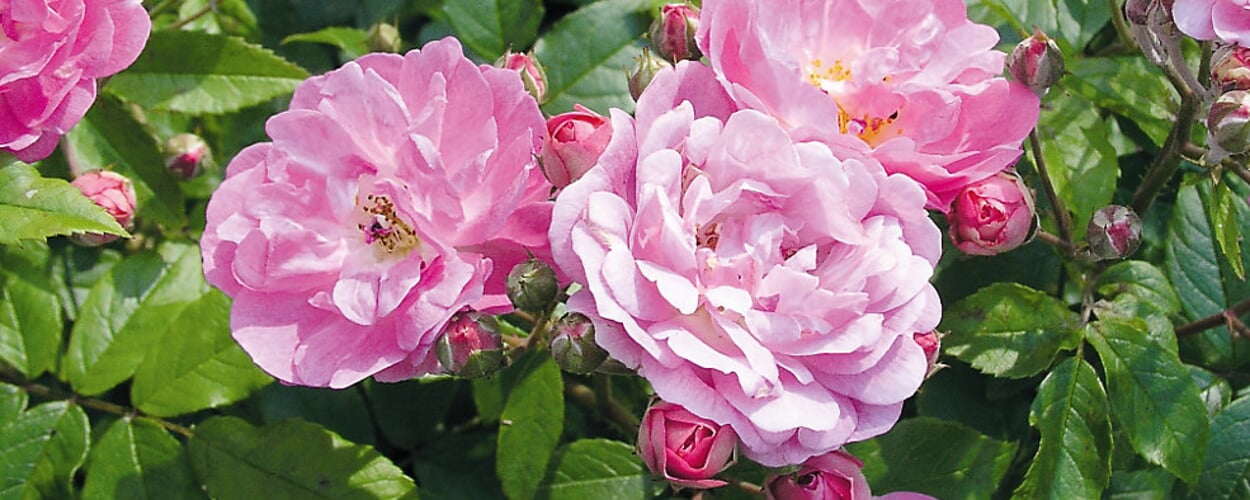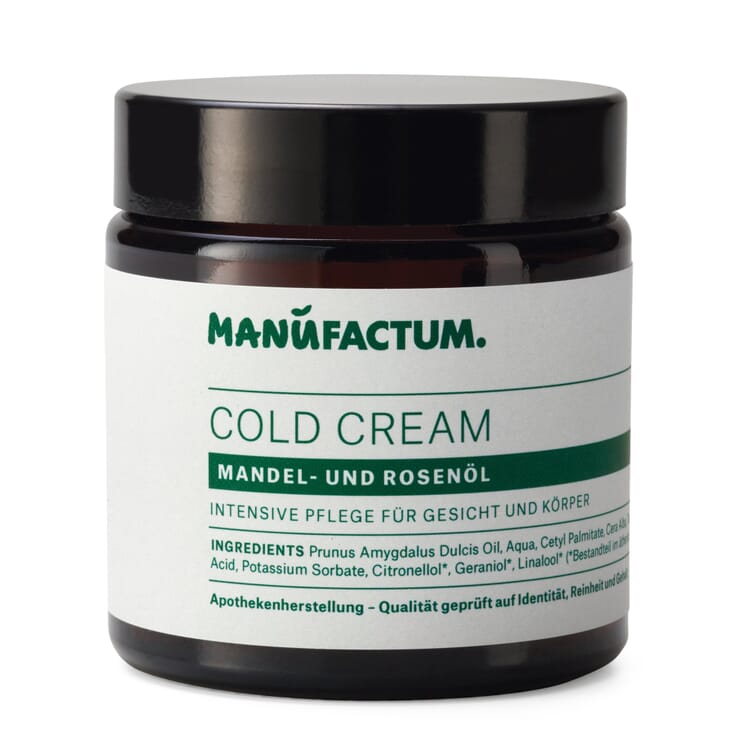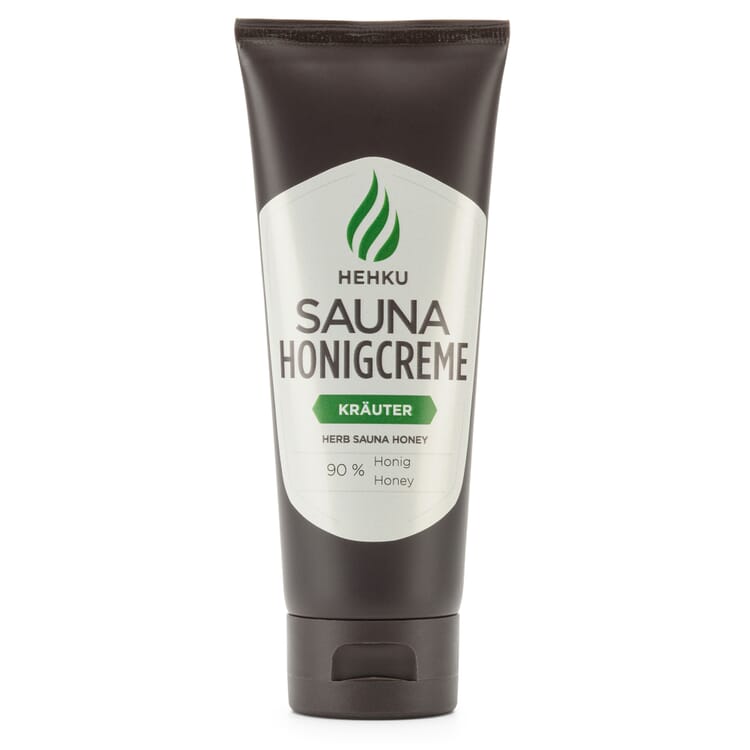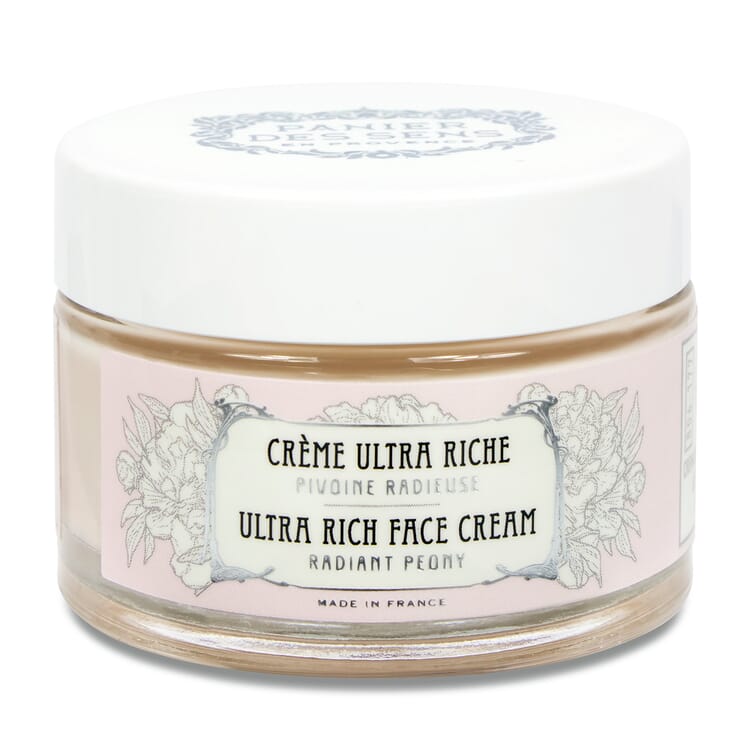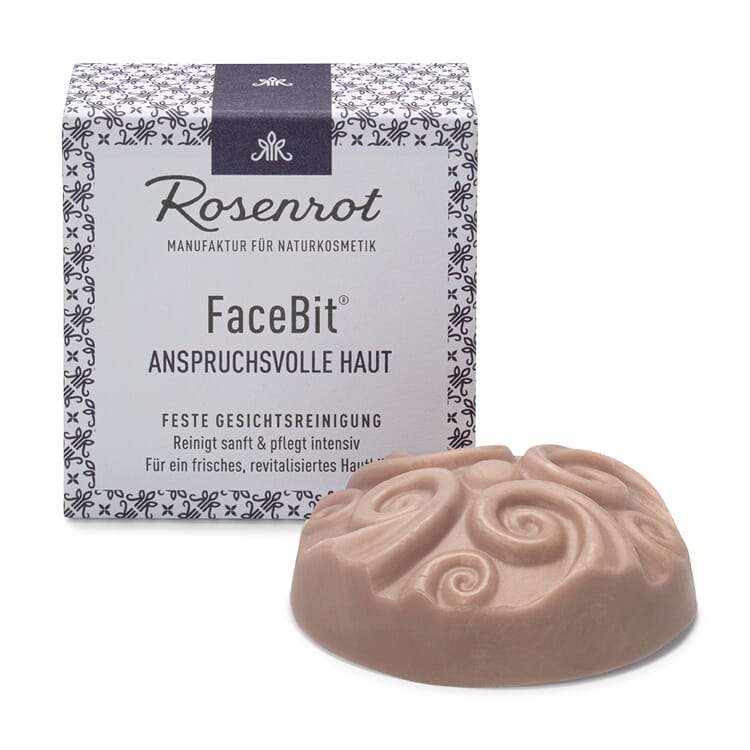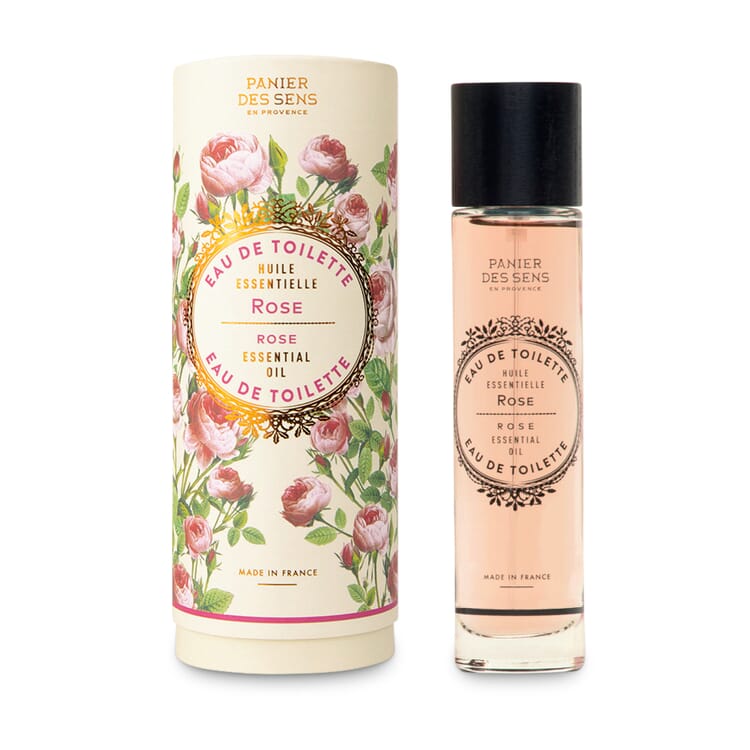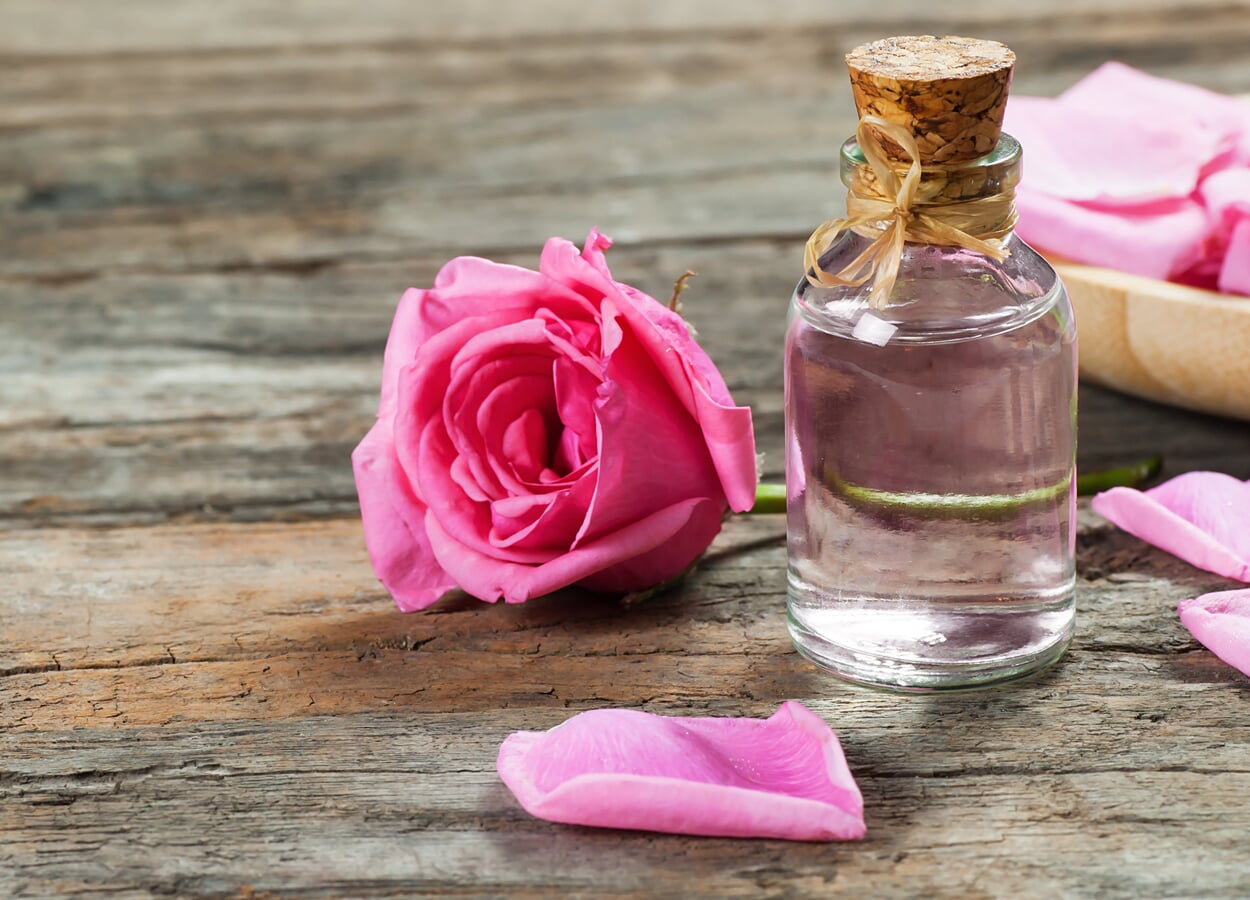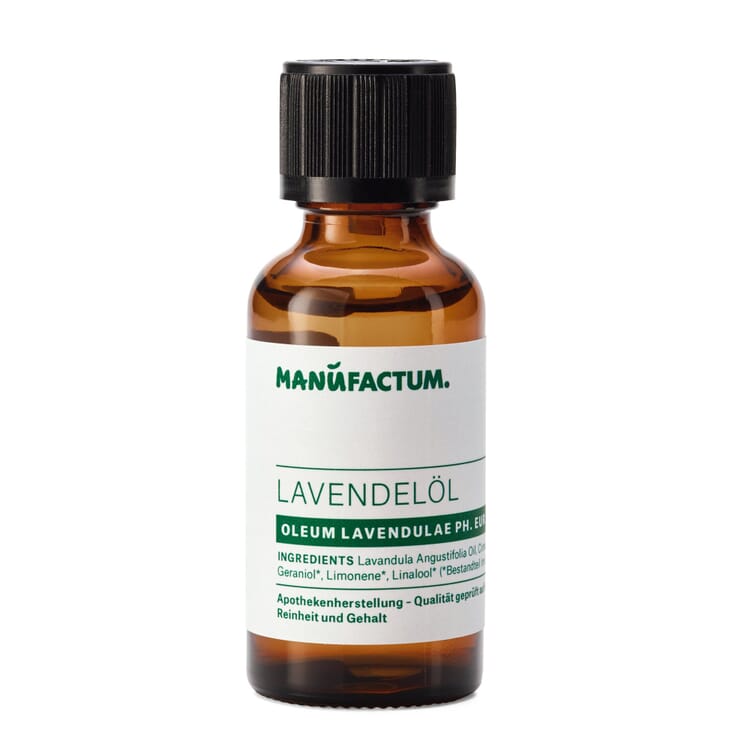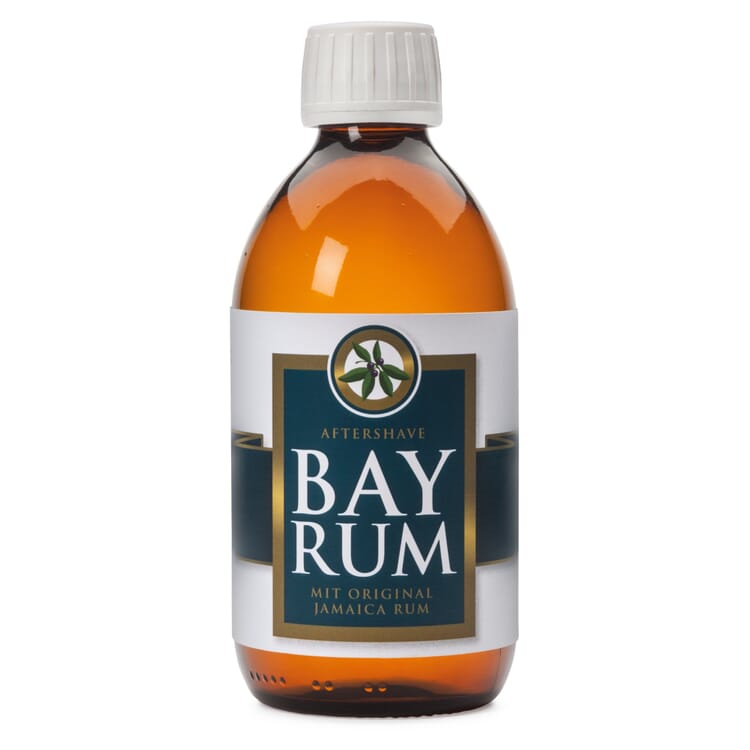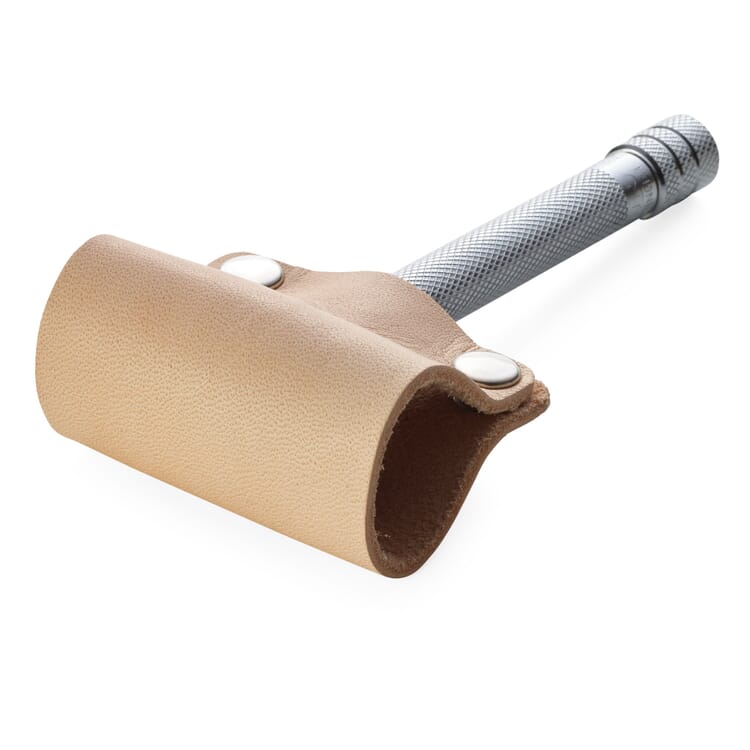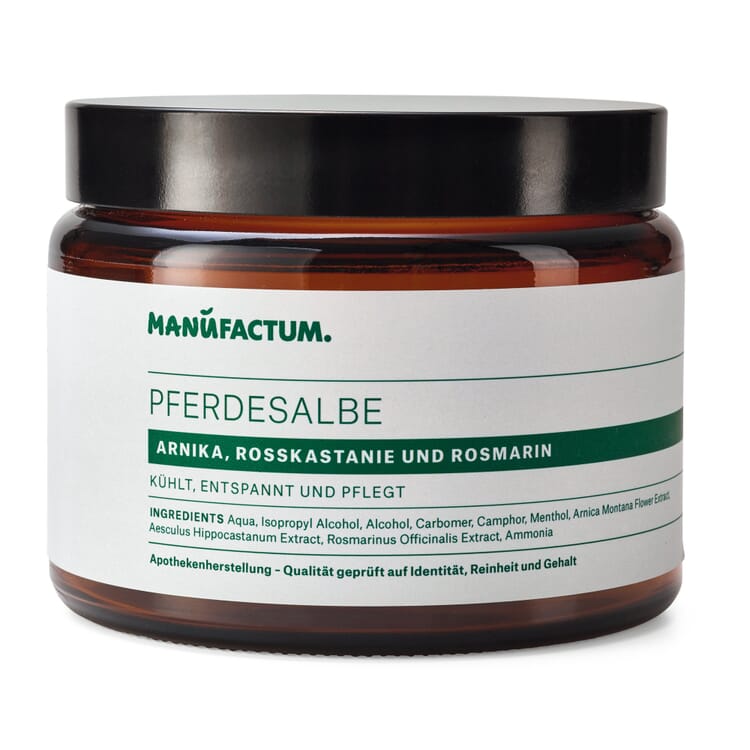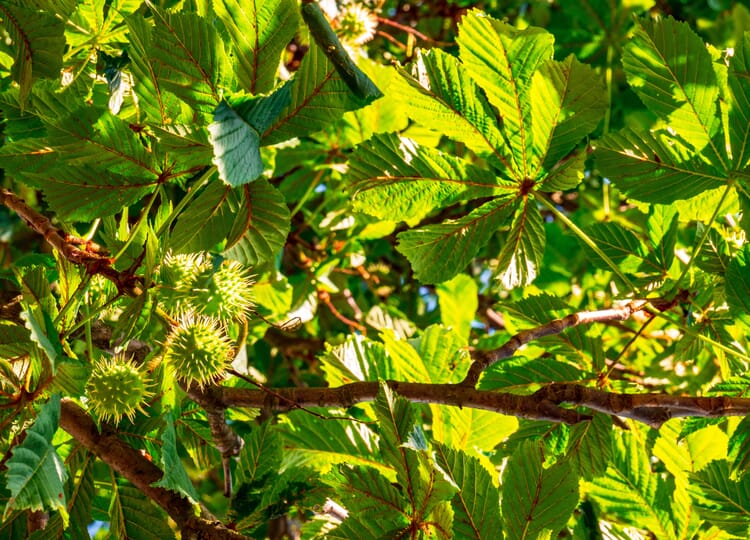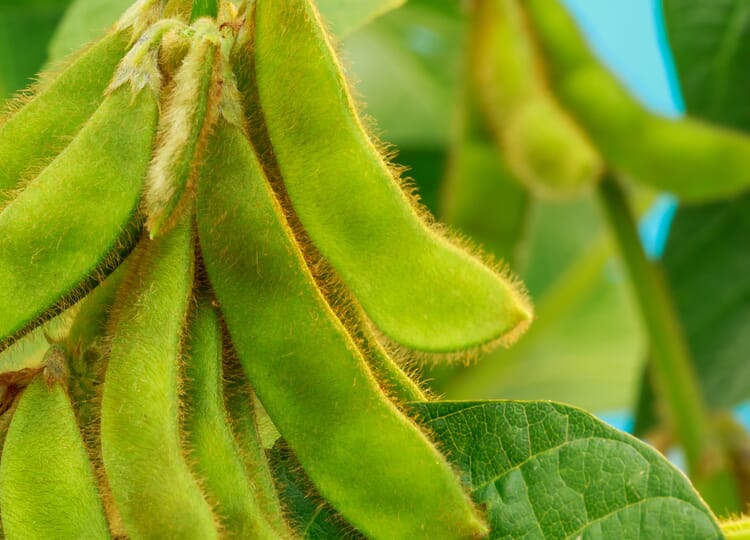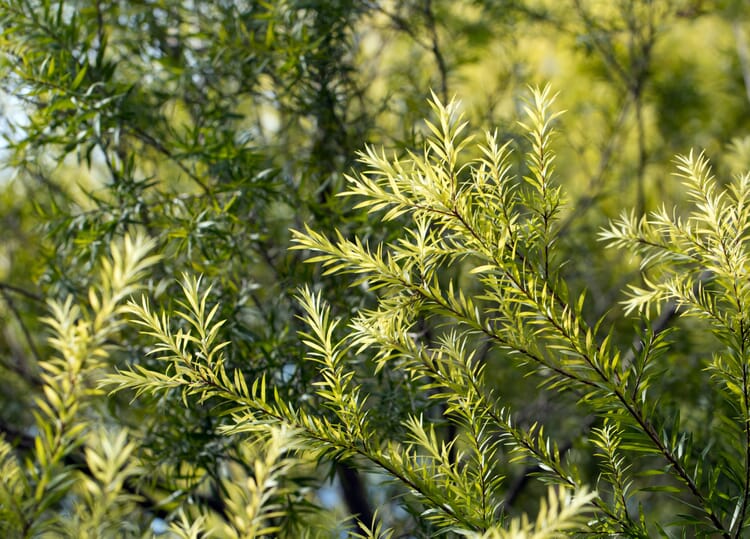- Aloe vera
- Apricot
- Argan tree
- Arnica
- Avocado
- Bay rum tree
- Bergamot orange
- Birch
- Carnauba Palm
- German Chamomile
- Bay laurel
- Common Sage
- Eucalyptus
- Fennel
- Norway spruce
- Clove tree
- Common Nettle
- Hops
- Magnolia
- Iceland moss
- Jojoba
- Coffee tree
- Cacao tree
- Camphor tree
- Shea tree
- Mountain pine
- Lavender
- Macadamia
- Almond Tree
- Lemon balm
- Myrrh
- Olive tree
- Orange tree
- Peppermint
- Calendula
- Rose
- Horse chestnut
- Soybean
- Tea tree
- Black cohosh
- Witch hazel
- Rowanberry
- Castor oil plant
- Lemon
Medicinal plants A|B|C
Rose (Rosa spec.)
There are 100 to 250 species of wild roses in the temperate latitudes of the northern hemisphere, and many of them have once again produced countless varieties through breeding. All rose species produce rose hips - but only if bees and other insects were able to find the center of the blossom beforehand and their path was not blocked, as is the case with cultivars with densely filled blossoms.
Origin and cultivation.
4,000 years ago, Persians were the first who could not get enough of the wonderful rose blossoms and smell them. With the Crusaders returning home from the Orient, the first Damascene roses came to Europe. Today, Bulgaria and southern France are the leading producers in Europe. The freshly bloomed roses are usually collected by hand early in the morning, when their essential oil content is highest. By evening, the rose blossoms contain only one-third of the precious oil, the rest is exuded.
Ingredients.
Rose oil is one of the most differentiated vegetable oils with about 400 different ingredients. It is usually obtained as a distillate from fresh rose petals; the Damask rose (R. damascena), the vinegar rose (R. gallica) and the centifolia (R. centifolia) are the most productive. The main ingredients of rose oil include the antibacterial substances citronellol and geraniol. The water left over from distillation, the rose water, contains the water-soluble components of the rose blossom and is also used in cosmetics.
Products with Rose
Use of the rose oil.
- Rose oil is an important basic ingredient of the perfume industry, its scent is said to have a vitalizing and harmonizing influence - In face creams, body lotions, massage oils, bath additives, shower gels, etc., rose oil is suitable for all skin types; its antiseptic effect protects the skin - Rose water is used mainly in facial tonics for sensitive skin.
- Three tons of petals are processed for one liter of rose oil, which makes rose oil one of the most valuable oils. At wholesale in 2016, a kilogram of genuine Bulgarian rose oil cost over 10,000 euros, and a kilogram of Turkish rose oil cost about 3,000 euros. Synthetic rose oil, which does not match the fragrance and complexity of real rose oil, fetches prices of 60 to 70 euros per kilo
- In Kenya, roses are by far the most important export item. But the varieties grown here are suitable for long transport and are without fragrance - they are not suitable for extracting rose oil.
- Rosewood oil is not extracted from roses, but from the rosewood tree native to the Amazon region.
Exclusive Manufactum body care products
Recommended Topics
The deciduous tree, which grows up to 35 meters tall, is easily recognized by its palmately divided leaves and the green, soft-spined capsule fruits, which contain one to three shiny braune seeds. The foliage is particularly dense, making the horse chestnut a popular shade tree. In May and June, the white flower corollas appear. Yellow sap stains at the base of the flowers indicate to bees and bumblebees that food is waiting for them here, later the sap stains are red - there is no more nectar in these flowers.
View moreLike all bean species, the soybean belongs to the butterfly family; its inconspicuous flowers give rise to pods, each containing two to six soybeans. Most varieties reach barely one meter in height, but their root system reaches a depth of 1.5 meters. Because they can absorb nitrogen from the air via their roots, which are colonized by nodule bacteria, they also grow in nutrient-poor soils.
View moreOn James Cook's South Seas expedition of 1770, the crew is said to have missed their tea and, without further ado, learned from the Aborigines how to brew a drink from certain leaves. The traveling botanist Joseph Banks gave the plant, which grows as a tree or shrub, its name: Tea Tree. The strikingly long stamens of its white flowers give it a puffy appearance at flowering time.
View more
